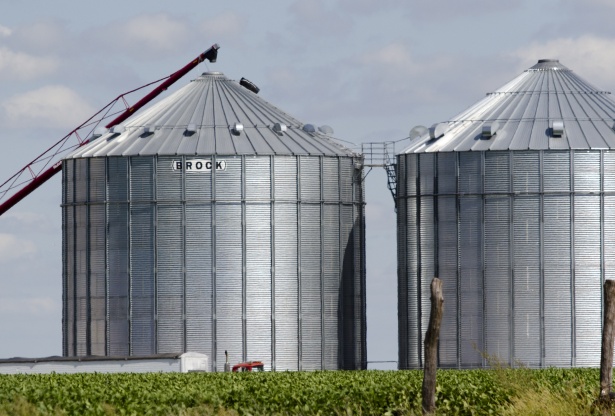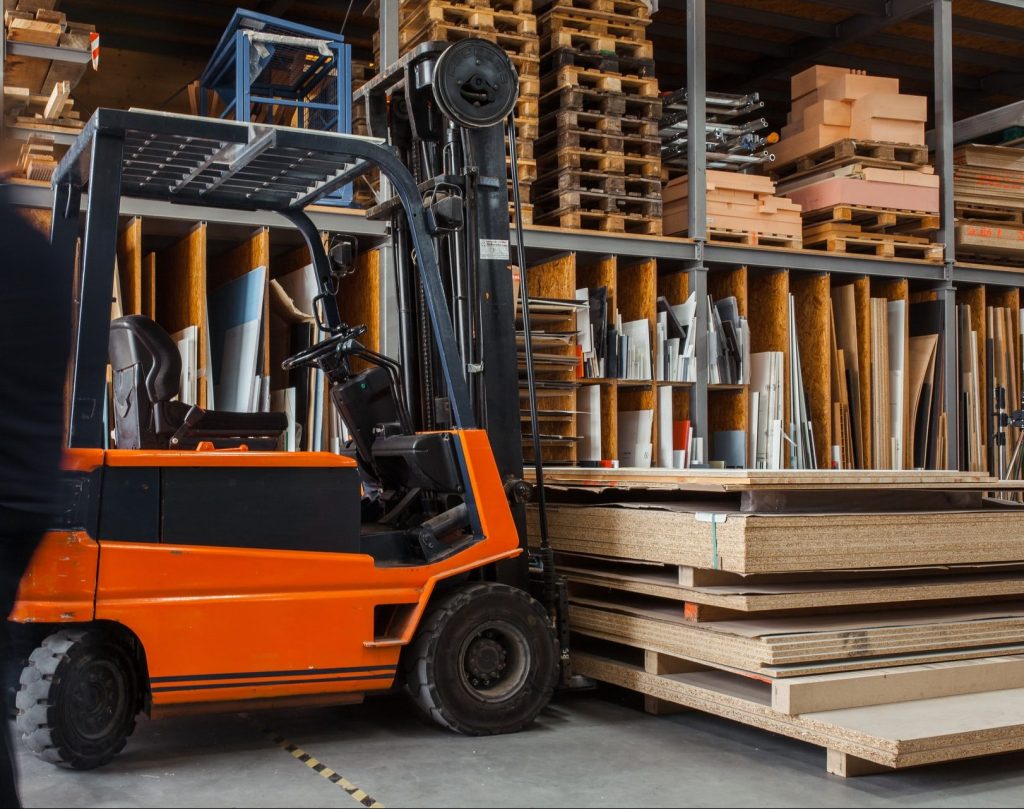When it comes to material handling, there are a variety of different types of equipment that can be used. Each type of equipment has its own unique set of benefits and drawbacks, which is why it’s important to understand the different types and their uses. In this article, we will discuss the four most common types of material handling equipment and why material handling equipment is crucial in the supply chain industry.
What Is Material Handling Equipment?
Material handling equipment is any type of equipment that is used to move, store or manipulate materials. This can include everything from conveyor belts and cranes to forklifts and pallets. Material handling equipment is an essential part of any supply chain, as it helps to ensure that heavy materials are moved efficiently and safely.
The 4 Most Common Types Of Material Handling Equipment
There are four main categories of material handling equipment commonly used in the UK:
Bulk material handling equipment
This type of material handling equipment is used to move heavy loads or large volumes of materials usually in there loose form, such as grain, ore and metal items. Bulk handling equipment can include everything from automated conveyor systems to Robotic delivery systems and trains.
Common examples of Bulk material handling equipment are:
Grain elevators: Grain elevators are buildings used to efficiently store the bulk raw material grains like corn, grain elevators are normally tall and narrow allowing the use of gravity for a less labour intensive process.

Grain elevators in action
Conveyor belts: Conveyor belts are used to keep up with the fast flow of materials and move large quantities of loose items, such as coal, ore and gravel around the production environment and in to storage units. Conveyor belts can be either fixed or mobile and can be used to move materials either horizontally or vertically.

Conveyor belts in material handling context
Stackers: There a variety of stackers that all have slightly different features. Walking stackers also known as walkie stackers are much larger than manual warehouse stackers, and are used for piling large quantities of loose materials like gravel for storage. A reclaimer is then used to retrieve this. Warehouse stackers are used in warehouse automation to reduce the amount of manual labor required.
Engineered systems
Engineered systems cover a wide variety of material handling equipment that is designed for a specific purpose. Engineered systems can include everything from simple conveyor belts to complex computer-controlled automated storage systems.
Common examples of engineered systems are:
Automated storage and retrieval systems: An automated storage and retrieval system (AS/RS) is a type of engineered system that is used in warehouse operations to store and retrieve materials. AS/RS systems are often used in warehouses, on production floors and distribution centres. The purpose of these automated systems is to limit the amount of repetitive tasks that warehouse workers have to complete.

Automated Storage & Retrieval System
Robotic delivery systems: A robotic delivery system is a type of mobile robot that is used to control the quantities of loose materials and transport materials around a production environment. Robotic delivery systems are often used in manufacturing and assembly applications, to ease the workload for warehouse employees.

Robotic Delivery System
Industrial trucks
Industrial trucks covers a few different equipment categories are a type of industrial material handling equipment that is used to move quantities of materials around a facility. Industrial material handling equipment can ever be in the form of industrial robots or manually operated by warehouse workers.
Commonly used Industrial trucks include:
Forklifts: A counterbalance forklift is a type of industrial truck that is used to lift and move bulky loads. Forklifts are often used in warehouses and distribution centres, to move pallet loads. There are many different types of forklifts available from electric forklifts to narrow aisle forklifts, and they are the most common material handling solution when it comes to horizontal transportation.

A counterbalance forklift truck in action
Automatic guided vehicles (AVGs): An automated guided vehicle (AGV) is a piece of equipment that is used to move bulky loads around a manufacturing facility and runs on a preset pathway. AGVs are often used for warehouse automation and drastically reduce the workload of warehouse employees.
Storage And Handling Equipment
Storage equipment is used to protect supplies from damage and keep a production environment organised. Effective use of storage and handling equipment allows for the most efficient use of storage space and lower storage costs.
Common examples of storage and handling equipment include:
Drive in racks: Drive-in racks are a type of storage solution that is used to store materials for short or long term storage. They allow forklift operators to drive into the rack maximising the aisle space in the warehouse.
Push-back racks: Pushback racking is a type of pallet rack that allows you to maximise your storage space by storing pallet loads up to 6 deep. It is the most common type of storage seen in warehouses and is a very efficient storage solution.

Drive-in Warehouse Racking allows forklifts to manoeuvre easily
Find Your Perfect Forklift
Compare Quotes from Local Forklift Dealerships


Enter Requirements


We Find the Best Deal


Receive your Quote
Why Is Material Handling Equipment Important In The Supply Chain Industry?
Material handling equipment is essential in the supply chain industry for several reasons. First, it helps to ensure that materials are moved efficiently and safely. This is important because it can help to prevent costly accidents and delays. Additionally, material handling equipment can also help to improve the overall efficiency of the supply chain by reducing the need for manual labour.
Material handling equipment is an essential part of any supply chain, and there are a variety of different types of equipment that can be used. It’s important to understand the different types and their uses so that you can select the best type of equipment for your needs. By using the right type of material-handling equipment, you can lower costs and operate at much higher outputs. The initial cost of manual handling equipment can be high but the efficiency possibilities and reduction of manual effort makes manual handling machines well worth the investment!
Conclusion
Material handling equipment is an essential part of many industries, and they simply would not be able to operate without it. There are a variety of different types of material handling equipment, each with its specific use. It’s important to do your research to find the best material-handling solutions for your business!
If you’re looking for forklifts to power your materials handling equipment productivity, then simply enter your details on the Forkify homepage! We’ll compare prices and connect you with a trusted local dealer!